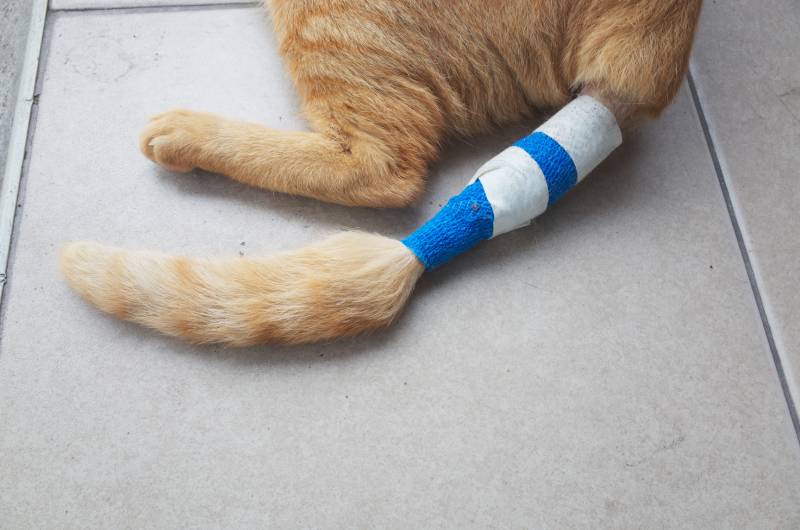
petkeen.com
Are Dogs Allergic to Grapes? Vet Approved Allergy Facts
Most dog owners know that their pets cannot eat grapes or raisins‚ but the reason why isn’t as commonly discussed. Are dogs allergic to them‚ or do they contain some element that causes the toxicity?
No‚ dogs are not allergic to grapes; however‚ it is not clear why they’re toxic.
Read on to learn more about grape toxicity‚ including what signs to watch for‚ and what to do if you suspect your pup has gotten into your grape stash.
Are Dogs Allergic to Grapes?
As mentioned in our introduction‚ dogs are not allergic to grapes‚ but that doesn’t mean they are something you should allow your pup to eat. While they will not cause an allergic reaction‚ ingesting grapes can be life-threatening‚ and is considered a medical emergency‚ even in small amounts.
Why Are Grapes So Dangerous?
It’s not currently known why grapes are toxic for dogs.
Some suggest the toxicity could be due to a mycotoxin (a fungal byproduct) or a salicylate (aspirin-like) drug naturally found in the fruit.
However‚ there is mounting evidence regarding tartaric acid1 in grapes being responsible for the kidney damage dogs experience after eating the fruit. This discovery occurred after post mortem examinations were performed on dogs exposed to the cream of tartar and tamarinds. The renal lesions in these dogs were similar to those in post-mortem examinations of the dog kidneys after exposure to grapes or raisins.
While this study is promising‚ at the time of writing‚ no one specific toxic agent has been identified.
What Kind of Grapes Are Toxic to Dogs?
Poisoning has occurred in dogs that have ingested any type of grape‚ including seedless‚ seeded‚ commercial‚ homegrown‚ red‚ green‚ organic‚ non-organic‚ and even grape pressings from winemaking. Even foods containing grapes and raisins‚ such as granola mixes or baked goods‚ are all potential sources of poisoning.
Some sources suggest that grape jellies and juices are okay‚ but the Pet Poison Hotline says they may cause toxicity. We always prefer to err on the side of caution‚ so we’re siding with the professionals at the poison hotline on this one. No type of grape is safe for consumption for dogs.Â
Image Credit: Pexels‚ Pixabay
What Are the Signs of Grape Ingestion?
The signs of grape toxicity include:
Vomiting
Diarrhea
Weakness
Poor appetite
Increased thirst
Abdominal pain
BUT – your dog may show no immediate signs of toxicity. The kidneys are pretty impressive‚ and can function normally with up to 75% damage. So what does this mean for your grape-eating dog?
Eating grapes (or even one grape) may cause a significant amount of damage to your dog’s kidney‚ but if more than 25% of the kidneys are healthy‚ they will not show signs of the damage. It might be months‚ even years later that something else tips them over into less than 25% function. This often gives people the false sense that their dog ate grapes with no toxic effects.
The other tricky factor is that it seems that not all dogs are susceptible to grape toxicity‚ but at present‚ there is no way to tell the difference between unaffected dogs and those that have suffered subclinical damage.
What Do I Do If My Dog Ate Grapes?
If you suspect your dog has eaten a grape (yes‚ even eating a single grape can be life-threatening)‚ go to the vet as soon as possible. Immediate treatment is critical as acute kidney failure can occur in as little as 48 hours.
The first step will usually be to induce vomiting‚ but you should also never try to make your dog vomit at home unless under the direction of your vet. Even if your dog successfully brings up the offensive fruit‚ your vet may recommend giving them charcoal to reduce absorption from the intestinal tract‚ and intravenous fluids to dilute any effects on the kidneys.
Even if your dog seems perfectly fine‚ the cost of 24 hours in hospital is worth it if it keeps your beloved pet safe.
Image Credit: Goran Horvat‚ Pixabay
Final Thoughts
Dogs are not allergic to grapes; a component inside the fruit causes toxicity. Experts have pinpointed several potential causes‚ but there is still research to be done. Grapes can cause kidney failure within 48 hours of ingestion‚ and even eating a single piece can be life-threatening‚ so keep them far away from your canine pals.
Sources
https://www.petpoisonhelpline.com/poison/grapes
https://www.aspcapro.org/resource/toxic-component-grapes-and-raisins-identified
https://www.webmd.com/pets/dogs/why-dogs-cant-eat-grapes
https://vcacanada.com/know-your-pet/grape-raisin-and-currant-poisoning-in-dogs
Â
Featured Image Credit: NickyPe‚ Pixabay
The post Are Dogs Allergic to Grapes? Vet Approved Allergy Facts appeared first on Pet Keen.

















